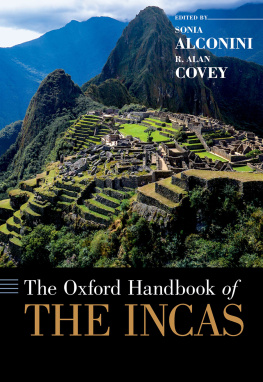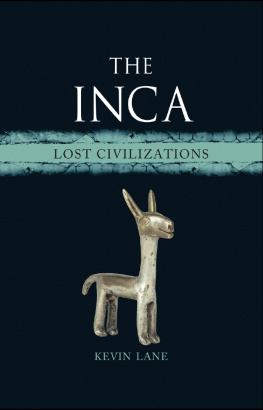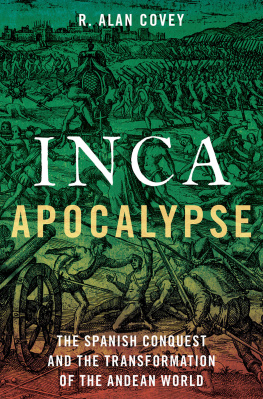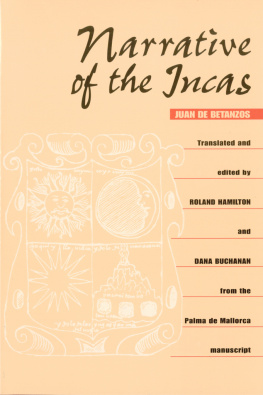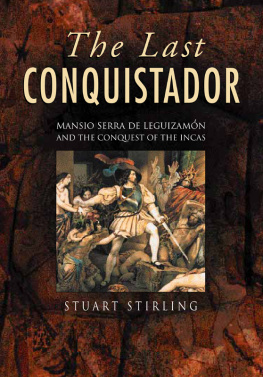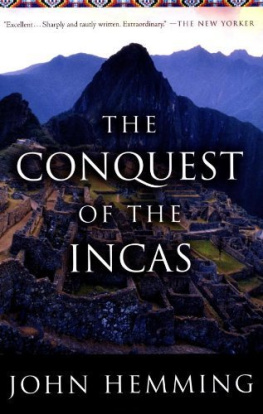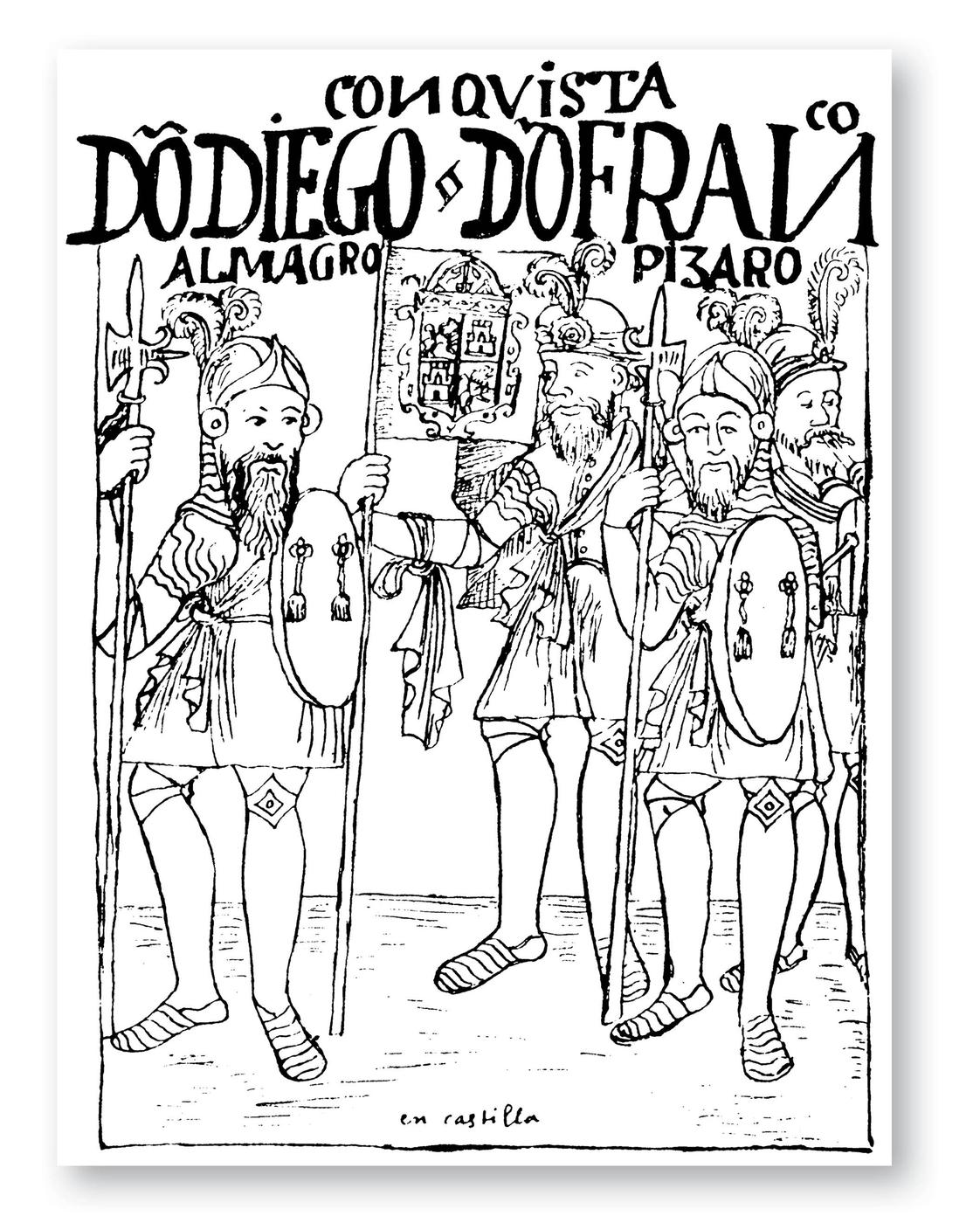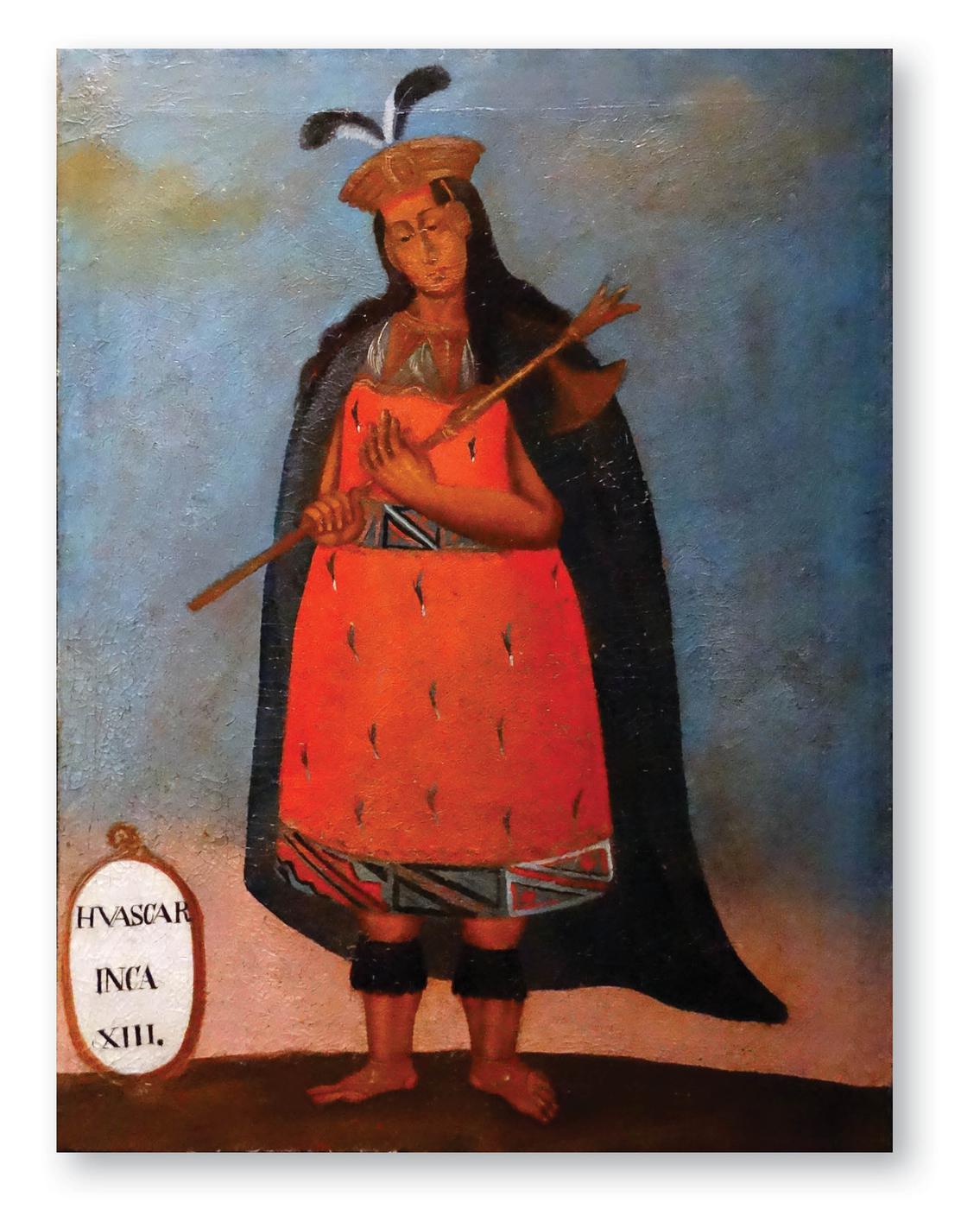Si Sheppard - Cuzco 1536–37: Battle for the heart of the Inca Empire
Here you can read online Si Sheppard - Cuzco 1536–37: Battle for the heart of the Inca Empire full text of the book (entire story) in english for free. Download pdf and epub, get meaning, cover and reviews about this ebook. year: 2021, publisher: Osprey Publishing, genre: Detective and thriller. Description of the work, (preface) as well as reviews are available. Best literature library LitArk.com created for fans of good reading and offers a wide selection of genres:
Romance novel
Science fiction
Adventure
Detective
Science
History
Home and family
Prose
Art
Politics
Computer
Non-fiction
Religion
Business
Children
Humor
Choose a favorite category and find really read worthwhile books. Enjoy immersion in the world of imagination, feel the emotions of the characters or learn something new for yourself, make an fascinating discovery.
- Book:Cuzco 1536–37: Battle for the heart of the Inca Empire
- Author:
- Publisher:Osprey Publishing
- Genre:
- Year:2021
- Rating:5 / 5
- Favourites:Add to favourites
- Your mark:
Cuzco 1536–37: Battle for the heart of the Inca Empire: summary, description and annotation
We offer to read an annotation, description, summary or preface (depends on what the author of the book "Cuzco 1536–37: Battle for the heart of the Inca Empire" wrote himself). If you haven't found the necessary information about the book — write in the comments, we will try to find it.
A highly illustrated and detailed study of one of the most important campaigns in the colonization of the Americas, the Spanish conquest of the vast Inca Empire.
On November 16, 1532, the Inca emperor Atahualpa was the most powerful man in South America, having emerged victorious from a three-year civil war. Now his authority was absolute over millions of subjects living the length of an empire that stretched 2,500 miles from the towering mountains of the Andes, to the verdant rainforest of the Amazon, to the arid plains of the Pacific Coast. However, a group of strangers, comprising just 169 men and 69 horses led by the Spanish conquistador Francisco Pizarro, soon entered his empire from the north. Despite having 80,000 men at his disposal, Atahualpa was seized and imprisoned. Pizarro burned with the same ruthless ambition as his cousin, Hernn Corts, who had taken Tenochtitlan, and understood that by seizing the autocrat at the top of the social structure, the state would be at his disposal. Pizarro then marched on Cuzco, the Inca capital, and installed a new puppet emperor, Manco. However, in 1536, Manco roused the people against the intruders, and the Spaniards, having held sway over the entire empire, now found themselves under siege in the capital, desperately striving to hold back the overwhelming numbers of the Inca warriors massing against them. This fascinating and colorfully illustrated book documents the long and bloody siege, and describes how at the end of ten bitter months, during which Pizarro was defeated at the battle of Ollantaytambo and lost his brother, Juan, while storming the great fortress of Sacsayhuamn, Pizarro emerged the victor. Using photos, documents, and historical sources to illustrate the story, this volume brings an ancient piece of history vividly to life.
Si Sheppard: author's other books
Who wrote Cuzco 1536–37: Battle for the heart of the Inca Empire? Find out the surname, the name of the author of the book and a list of all author's works by series.



